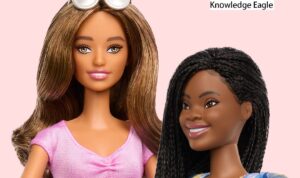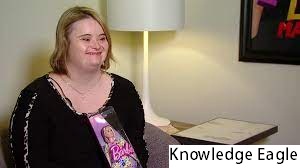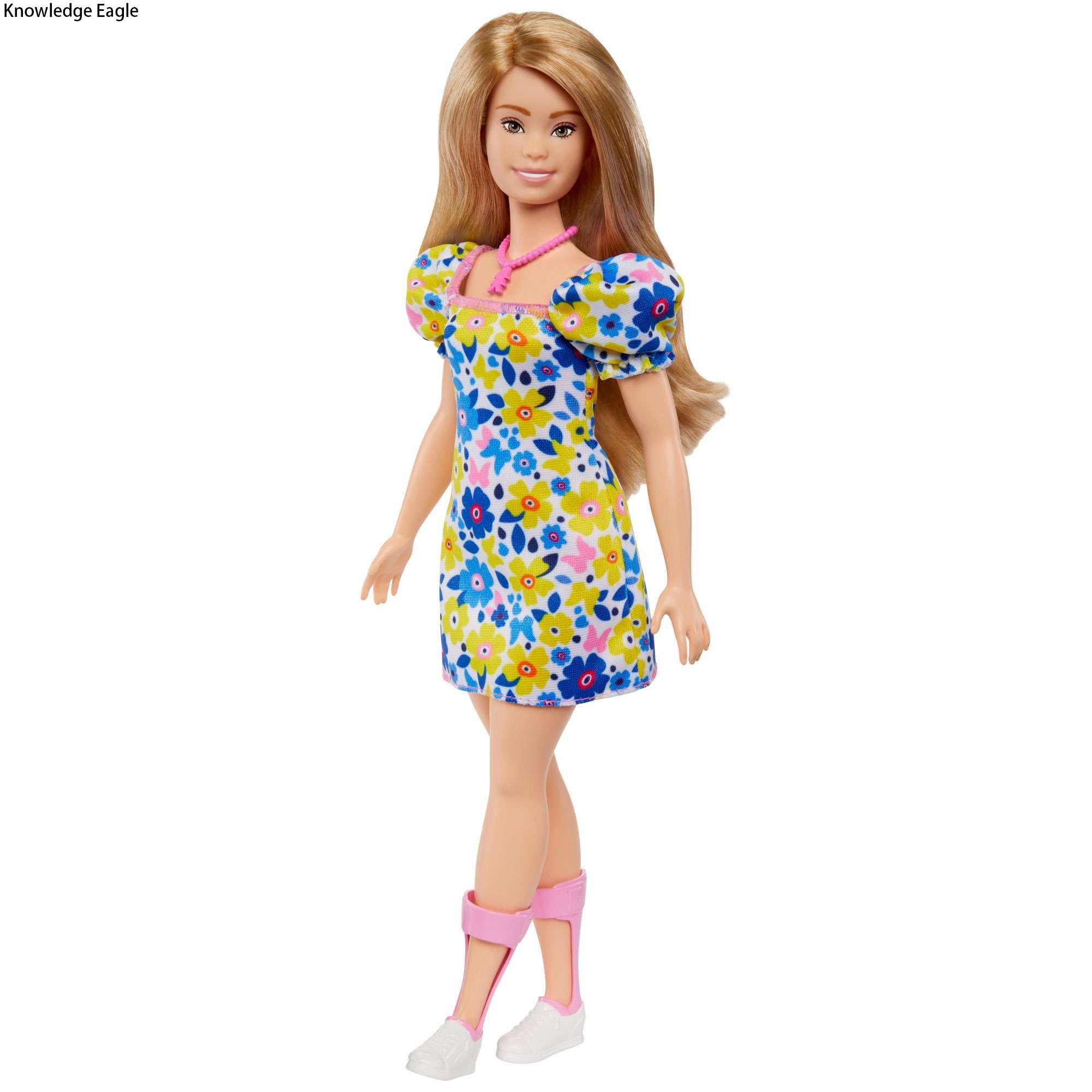Mattel introduces Down syndrome Barbie: Meet the Woman behind this Initiative
Mattel introduces Down syndrome Barbie
Barbie announced the addition of two new dolls to their growing collection. A blind Barbie and the first Black Barbie who has Down syndrome. Mattel released the two dolls as part of Barbie’s 2024 Fashionistas line on Tuesday. The dolls come in over 175 variations of skin tones, eye colors, hair textures, body types and disabilities.
In the past, the line has released Barbies and Kens that have different disabilities or appearances. These include dolls with hearing devices, hair loss, and vitiligo. The line last year welcomed the first Barbie with Down syndrome.
Mattel has released a statement stating that the two dolls created were in partnership with non-profit agencies who advocate for people with blindness, vision impairment, and Down syndrome. Mattel was able, through conversations with community members who represent the dolls, to accurately incorporate details such as the number of lines in the palms of the Barbies.

In a press statement, Krista Berger said, “We understand that Barbie is more than a doll. She represents self-expression, and she can create a feeling of belonging.” “We are proud to introduce a blind Barbie doll as well as a Black doll with Down Syndrome to our Barbie Fashionistas range, reinforcing the commitment we have to create products that reflect global belonging and inclusion in the doll aisle.”
Barbie with Down syndrome ‘looks just like me,’ says woman who helped in designing the first ever Barbie with Down syndrome
Kayla McKeon, of the National Down Syndrome Society, helped Mattel to ‘get all the characteristics down to the T’. Kayla McKeon describes the feeling of seeing a Barbie who looks like her as being incredible.

Mattel released its first Barbie with Down Syndrome earlier this week. McKeon, who is a Down Syndrome advocate and has the genetic disorder herself, was instrumental in making it happen. Nil Koksal, host of As it Happens, said: “The doll is exactly like me.” McKeon is the manager of grassoots at the U.S. National Down Syndrome Society.
“I will keep mine in a place where I can see every day.”
The doll is part of Mattel’s Fashionistas line, which has a greater diversity in skin color, hairstyles, body shapes, abilities and more than the original Barbie collection. In a recent press release, Lisa McKnight said, “We’re committed to doing our bit to combat social stigma through play.” Lisa McKnight is executive vice-president of Mattel and the global head for Barbie and dolls.
Our goal is for all children to be able to recognize themselves in Barbie while encouraging them to play with other dolls that do not look exactly like themselves. Dolls that are not based on a child’s life experience can help build empathy and understanding, which will lead to a more accepting society.
“They definitely got it right”
An extra chromosome in a newborn, which affects the development of the brain and body, causes the Down syndrome. According to the Down Syndrome Association of Toronto, approximately 45,000 Canadians are estimated to have Down syndrome.
Mattel sought guidance from the NDSS when they decided to create a Barbie that had a condition. McKeon was able to help.
Initiative behind designing a down syndrome barbie
McKeon, along with her colleagues, ensured that the design accurately reflected physical characteristics associated with Down syndrome. It also features some other symbolic features that are associated with Down Syndrome. Her dress is yellow and blue, which are the colors of Down syndrome awareness. Three upward chevrons represent three copies of 21st chromosomes, the genetic material responsible for the Down syndrome characteristics. The design is called “the lucky few,” and refers to people who have someone in their life with Down syndrome.
McKeon is reminded of her family and friends by the symbol.
She said, “It is a tie that binds us all together.”
“I hope everyone plays with the doll”
McKeon is an advocate for those with Down syndrome. She is a Special Olympics medalist. She is the first Down syndrome lobbyist registered in the United States. She hosts a NDSS Podcast about her work in Washington, D.C. She said, “Representation has always been pivotal.” “We want our community to see us as valued members because we are.”
She says that she played with Barbies a lot as a child.
“But it wasn’t necessarily a doll who looked like me.” “That’s what I hoped for,” said the lady.
She says that the dolls aren’t only for people with Down Syndrome.
“I hope everyone plays with the doll.” In school I was included among my peers. “I hope my peers and friends can play with this doll today as a symbol for diversity and inclusion, which is so important.”
Barbie Fashionistas line 2024
Barbie Fashionistas was introduced in 2009. Each year, a new line of dolls is released. Mattel describes the Barbie Fashionistas line as an inclusive collection of dolls that “reflects the world children see today”.
There are many different dolls to choose from, including a variety of sizes and shapes. They also come in various skin tones and hair types, as well as eye and fashion styles. The 2023 collection included a variety of Barbies and Kens who were in wheelchairs. It also featured Barbies and Kens that had vitiligo. There was also a Ken with prosthetic legs and the first doll to have Down syndrome.
Mattel claims that the Barbie Fashionistas Series offers over 175 looks. The dolls are designed to “advance Barbie’s goal of reflecting a multiple-dimensional view of fashion and beauty” and to allow more children to “see themselves reflected in their dolls.”
For more information visit Home page



